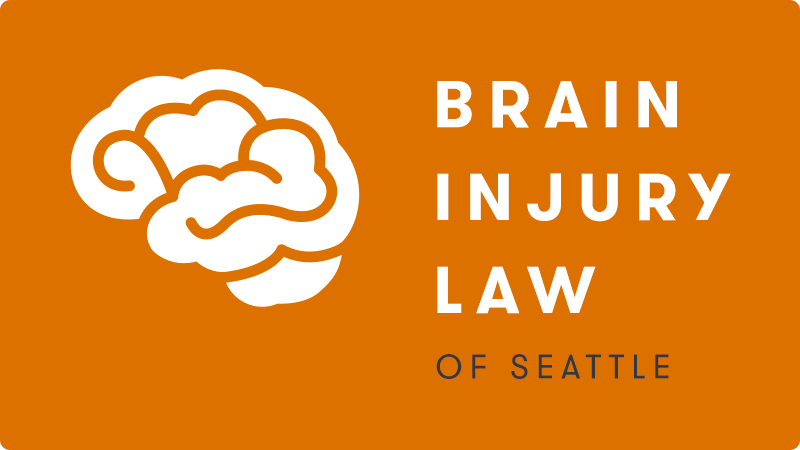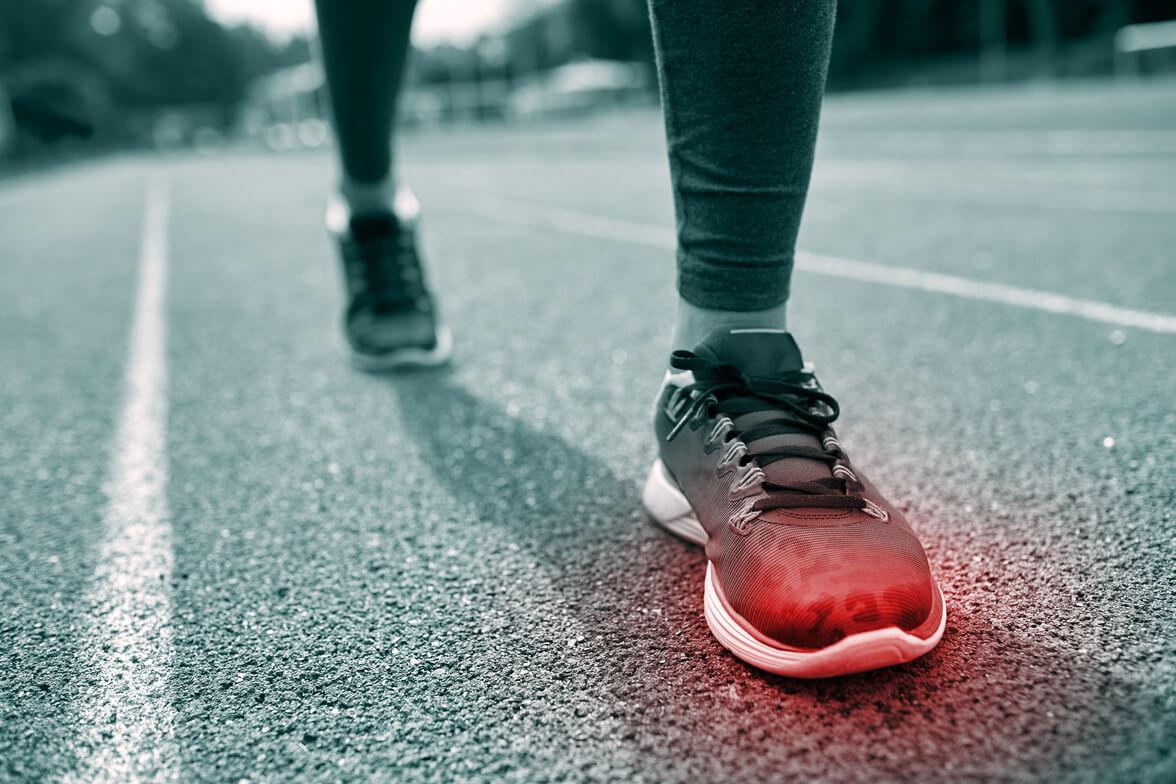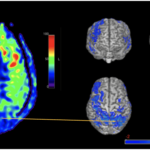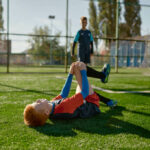Many active people experience sports injuries. Whether you’re a student-athlete or professional, it’s vital that when these injuries occur, you receive professional sports injury rehabilitation because sports injury treatment is complex.
If you were injured during a sporting event due to negligence, diagnosing and preventing further injury is the first step before pursuing legal options with a professional sports injury lawyer.
Page Contents
Common Sports Injuries
Numerous injuries require sports injury therapy. Each requires medical attention from trained sports injury professionals or a sports medicine specialist. Below is a brief list of the most common sports injuries.
Ligament Injuries or Sprains
Sometimes, ligaments that help parts of the joints and bones move appropriately experience wear and tear. Sprains often occur in areas like ankles and wrists, where these ligaments get overworked, causing tears. Knee injuries are also common in many contact sports, and having a previous injury would make medical care more necessary.
Ankle Fractures
An ankle fracture happens when bones in the ankle break due to pressure or prolonged stress. Since your ankles bear significant weight, experiencing ankle fractures isn’t uncommon for athletes. Stress fractures or other broken bones can limit different types of sports activity.
Contusions
A contusion transpires when an area with soft tissue experiences a blow. A contusion can look like a bruise or swelling.
Overuse Injuries
Overuse happens when a specific joint or muscle is used repetitively, creating immense strain on the area.
Concussion
Concussions happen when experiencing sudden trauma to the head. Any head injury requires immediate evaluation.
Sprains
A sprain is when a ligament stretches beyond normal range, resulting in over-stretching or tears. Most often, sprains happen in wrists and ankles. A sprained ankle can halt physical activity and further sports participation until healed.
Strains
A muscle strain happens when a tendon, or bundle of tissue, gets overused or irritated from too much force.
Collar Bone Dislocations
Collar bone disconnections occur in sports like wrestling and football, where extreme blunt force pushes bones apart.
Fractures
Fractures are cracks in bones. There are minor cracks (incomplete), such as stress fractures that do not go all the way through the bone, and (complete) total fractures in a clean break.
Dental Damage
Chipped teeth occur from a blow to the dental area. This is common in sports like hockey.
Swollen Muscles
Swelling in the muscles may be a sign of an injury or overuse.
Nose Injuries
Broken noses happen when your nose experiences a direct strike or blunt blow. Other times, your nose may experience bruising.
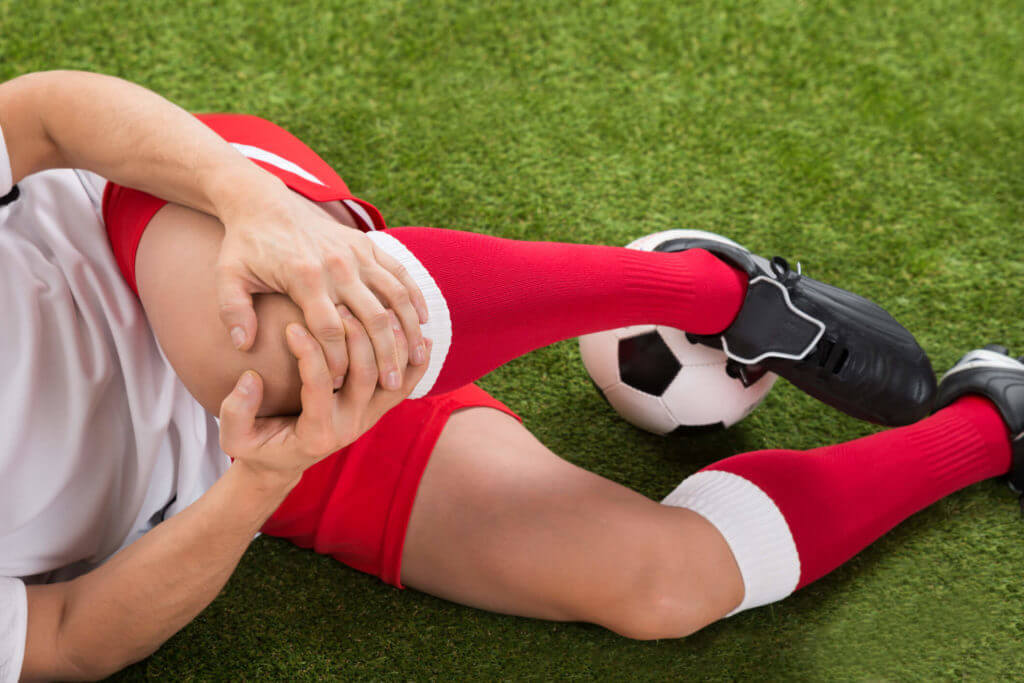
Diagnosis of Sports Injuries
When diagnosing your sports injury, you’ll encounter various diagnostic tools to determine the best sports medicine treatments.
Physical Examination
First, you’ll undergo a physical examination where you’re experiencing pain to ensure proper treatment.
Medical History
Next, a physical therapist or medical professional will discuss your medical history to explore if previous conditions may exacerbate the injury.
Magnetic Resonance Imaging (MRI)
Another method to begin sports injury therapy is MRI. With MRI, doctors can analyze muscle tears, head injuries, fractures, and sprains using magnetic imaging.
Imaging Tests
Imaging tests include X-rays, MRIS, and CT scans. These tests provide images of various bones, tissue, and muscles to find the appropriate sports medicine treatments.
Ultrasound
Ultrasound technology uses deep tissue reaching ultrasonic waves to help diagnose muscle and tendon problems.
Computed Tomography (CT) Scans
CT scans can catch things that X-rays and other imaging tests can’t. It takes multiple images of both bones and tissues to detect tears.
What Are the Most Common Parts of the Body Injured?
In general, body parts seem to experience a higher level of injuries in sports. Here is a comprehensive list of body parts that require sports injury treatment:
- Head
- Achilles Tendon
- Shoulder
- Elbow
- Wrist
- Knee
- Finger
- Spine
- Hip
- Groin
- Thigh
- Foot
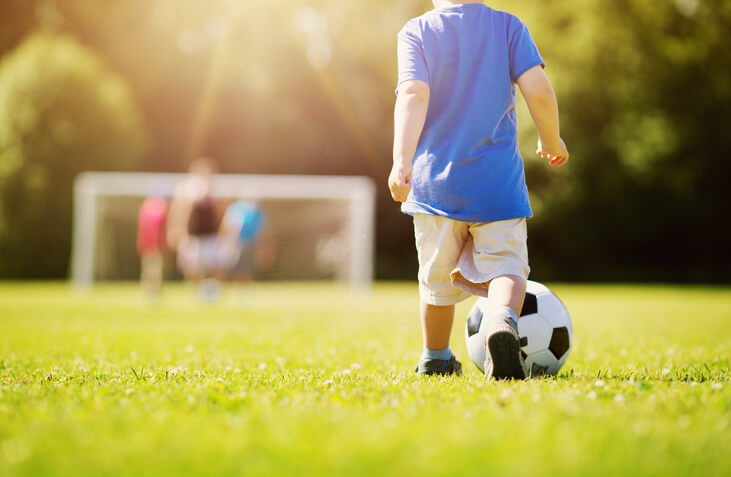
Treatment of Sports Injuries
There are a variety of treatment options and complementary therapies used in sports injury rehab, and physical therapy is a first-line treatment with therapists. With most types of sports injuries, the injury heals better in conjunction with a rehabilitation program overseen by physical therapists.
In addition to physical therapy, most sports injuries can benefit from ice and heat, compression braces, elevation, and over-the-counter medications to help.
If you prefer interventional procedures, cellular therapy involves putting new cells into the injured area to help produce healthy tissue. Sometimes, surgery to fix torn tendons and ligaments is another treatment for knee and other soft tissue injuries.
When to See a Sports Medicine Doctor
Many signs indicate you should see a doctor for sports injury treatment. Some of these signs include swelling, constant or severe pain even after rest, dehydration, and an inability to bear weight on the body part or move it. It’s important to treat sports injuries, even minor injuries, in the right timeframe to keep the injured area or injured joint from further injury.
How to Prevent Sports Injuries
To prevent injuries from occurring in the first place, you must use the proper technique and the right equipment when performing specific exercises.
If you experience pain, do not make sudden movements, and resume activity slowly to monitor your feelings.
Conclusion
Sports injuries require professional treatment and care. If you need sports injury treatment, contact Brain Injury Law of Seattle today to see if your injury is eligible for compensation! Contact us today!
